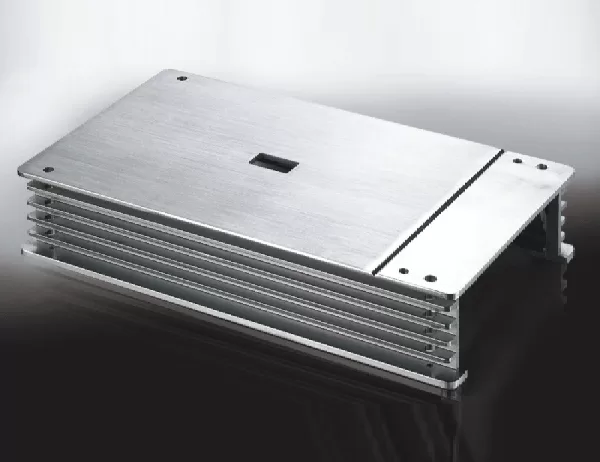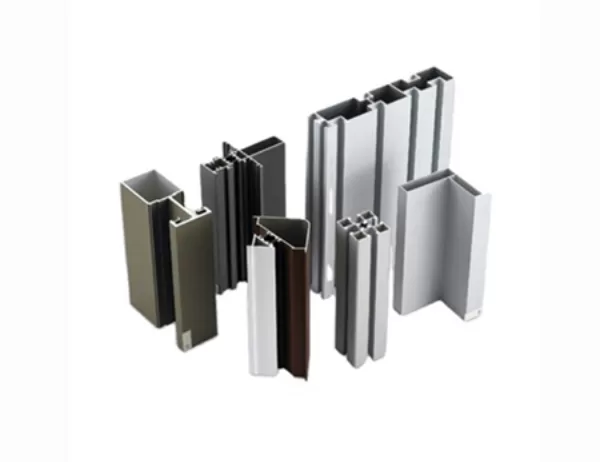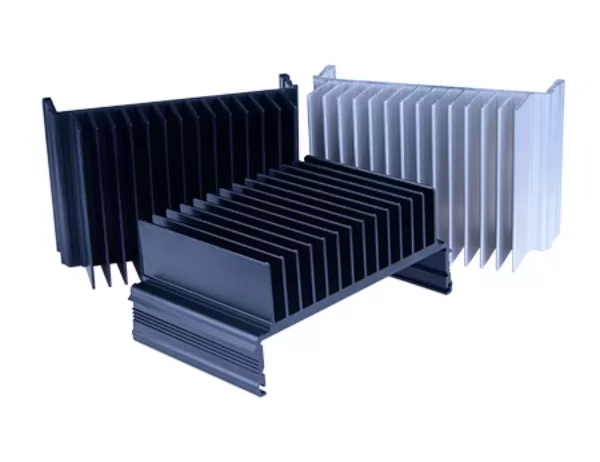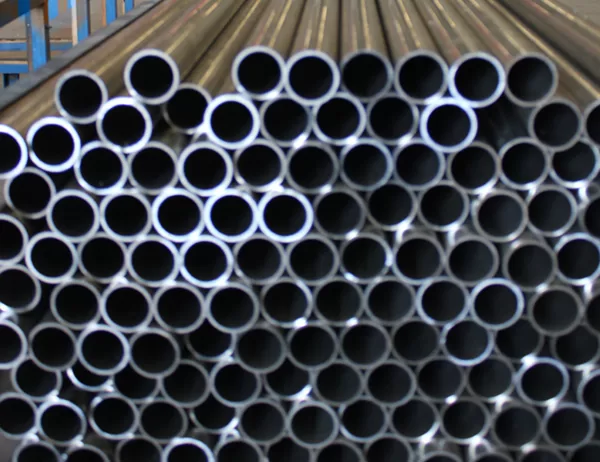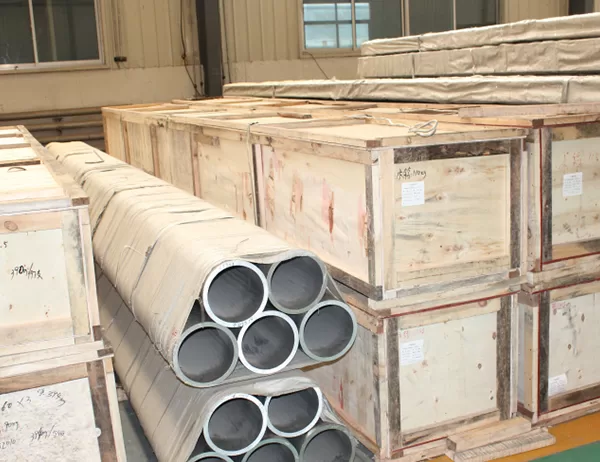Introduction
Understanding the thermal properties of industrial aluminum profiles is critical for optimizing their performance in various applications. These properties influence heat transfer, dissipation, and overall energy efficiency. This article provides an in-depth exploration of the thermal characteristics of aluminum profiles and their significance in industrial settings.
Thermal Conductivity
Thermal conductivity (k) measures the ability of a material to transfer heat per unit time and temperature gradient. Aluminum profiles exhibit high thermal conductivity, typically ranging from 150 to 230 W/m·K. This property enables efficient heat dissipation, making aluminum profiles suitable for applications where heat control is crucial, such as heat sinks and electronic components.
Specific Heat Capacity
Specific heat capacity (Cp) indicates the amount of heat energy required to raise the temperature of a material by one degree. Aluminum profiles possess a relatively low specific heat capacity, ranging from 0.89 to 1.01 kJ/kg·K. This characteristic allows aluminum profiles to absorb and release heat quickly, contributing to their thermal regulation capability.
Thermal Expansion Coefficient
Thermal expansion coefficient (α) measures the change in length of a material when its temperature varies. Aluminum profiles typically have a high thermal expansion coefficient, around 24 to 26 μm/m·K. While this expansion can be beneficial for accommodating temperature fluctuations, it must be considered in design and assembly to prevent distortions and misalignment.
Heat Resistance
Heat resistance (R) quantifies the ability of a material to resist heat transfer. Aluminum profiles offer high heat resistance due to their low thermal conductivity. The heat resistance of a profile is directly proportional to its thickness and inversely proportional to its surface area. By increasing the thickness or reducing the surface area, the heat resistance can be enhanced.
Applications of Thermal Properties
The thermal properties of industrial aluminum profiles influence their suitability for various applications, including:
Heat Sinks: Due to their high thermal conductivity, aluminum profiles are widely used as heat sinks to dissipate heat from electronic devices, preventing overheating and ensuring optimal performance.
Thermal Barriers: Aluminum profiles with low thermal conductivity can serve as effective thermal barriers, minimizing heat transfer between different components or environments.
Automotive: Thermal properties are crucial in automotive applications, where aluminum profiles are utilized for heat exchangers, radiators, and engine components.
Construction: Aluminum profiles with appropriate thermal expansion coefficients are employed in architectural structures to accommodate temperature variations and prevent structural damage.
Conclusion
Understanding the thermal properties of industrial aluminum profiles is essential for their effective utilization in industrial applications. By considering factors such as thermal conductivity, specific heat capacity, thermal expansion coefficient, and heat resistance, engineers can optimize the performance of aluminum profiles for heat transfer, dissipation, and overall energy efficiency. This knowledge enables the development of innovative solutions and the realization of reliable and durable industrial systems.
